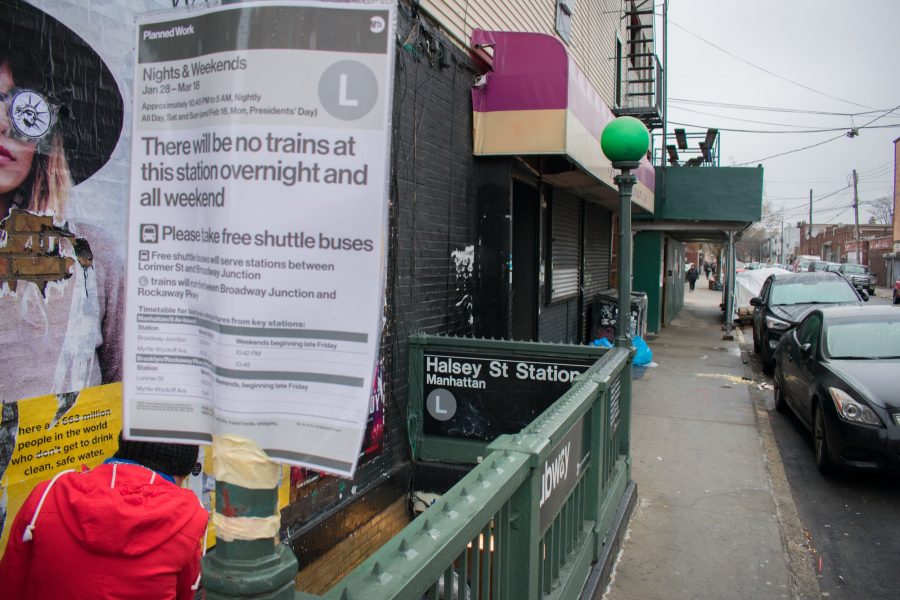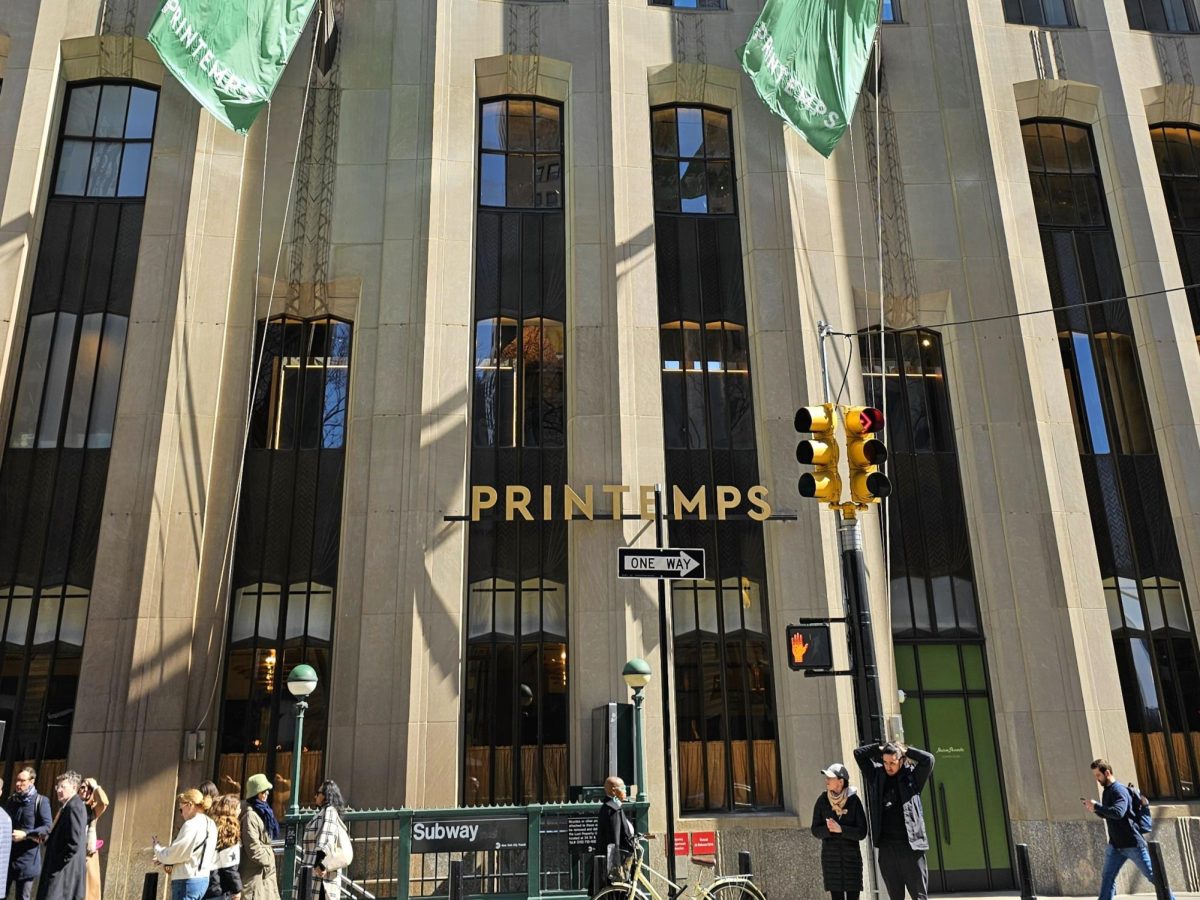The L train, which was supposed to be shut down for 15 months to be repaired, will continue to run while repairs are being made, Gov. Andrew Cuomo announced on Jan. 3. The shutdown would have resulted in one of the most major transportation disruptions in New York’s history.
The new repair plan, which will utilizes fiber optic cables and “racking” technology, is projected to be cheaper. Commuters, however, are skeptical about the abrupt nature in which the plan arose and the implications that this new plan
still has.
With 250,000 daily riders, the L train serves as a main subway tunnel between Manhattan and Brooklyn. The original plan required shutting down both of the tunnel’s tubes in order to repair damages caused by Hurricane Sandy in 2012.
The new plan, which will take the same amount of time as the original, will only require one of the tubes to be closed on nights and weekends, with the rest of service continuing regularly.
Cuomo stated in The New York Times that “the L train tunnel was structurally sound, but that salt water from the storm damaged its bench walls, which house important power cables.” Instead of replacing the bench walls, which was what was initially planned, workers will now be mounting the cables to the tunnel wall.
“This system is used in London, Hong Kong and Riyadh, Saudi Arabia,” according to Cuomo in the article. The plan includes the removal and reinforcement of the weakened parts of the bench wall and a new walkway for commuters to enter and exit the tunnel.
In 2017, a $477 million contract was approved by the New York City Transit Authority’s board for this project. The new plan is yet to be renegotiated, but the governor expects that the undertaking will cost less than the initial contract for repairs.
The planned shutdown caused panic and upheaval for many Brooklyn residents who relied on the L train. Many were prompted to move to different neighborhoods unaffected by the lack of L train service in preparation.
There were questions about what the line shutdown’s effect would be on real estate and local businesses in the areas most reliant on the L line.
Subway officials had been planning alternate commute options to replace the L train, including expansions of the bus system and the addition of more trains on other lines.
Though many are relieved that the L train will continue to run, people are skeptical about how well the plan will work out, considering how suddenly it came into being and how much simpler it seems than the original plan.
When asked about his opinion on the new plan, Baruch College sophomore Henry Barnathan explained that though he is happy that he will not have to change the way he gets to campus every day, “Something seems strange about all this. How could they have gone from a complete shutdown to such a small change so quickly?”
As John Raskin, executive director of advocacy group Riders Alliance, said to The New York Times about this change, “The governor’s plan may or may not work, but you’ll pardon transit riders for being skeptical that a last-minute Hail Mary idea cooked up over Christmas is better than what the M.T.A. came up with over three years of extensive public input.”
Since the L train shutdown was announced, rental prices in the impacted neighborhoods have dropped considerably.
Rents in north Brooklyn have fallen a cumulative 1.5 percent since the shutdown was first announced in April of 2016, according to StreetEasy’s senior economist Grant Long.
Now that the shutdown has been canceled, experts expect rental prices to shoot back up. Depending on whether or not landlords have included concession clauses in their leases relating to the L train shutdown, residents who already secured cheaper rents could also be impacted.








